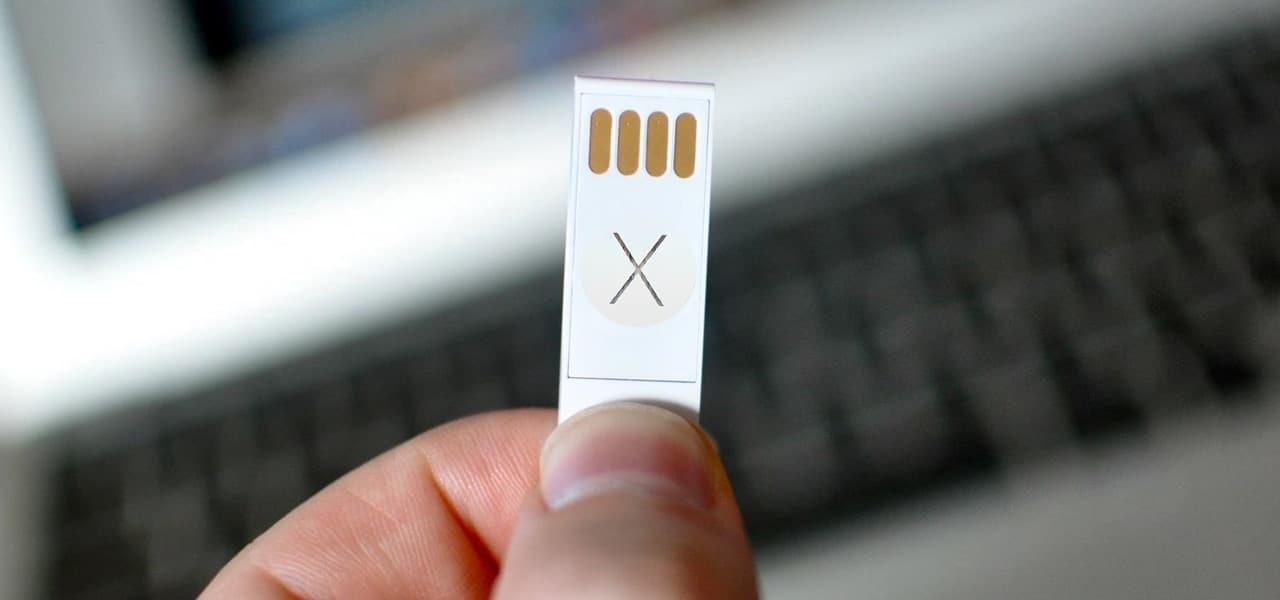

Otherwise, if you did a "frugal install" by selecting "Hard Disk" as your install target, select the UNetbootin entry from the Windows Boot Menu as the system boots up.
After rebooting, if you created a Live USB drive by selecting "USB Drive" as your install target, press the appropriate button (usually F1, F2, F12, ESC, or backspace) while your computer is starting up to get to your BIOS boot menu and select USB drive as the startup target otherwise if there's no boot selection option, go to the BIOS setup menu and change the startup order to boot USB by default. unetbootin-linux, or going to Properties->Permissions and checking "Execute"), then start the application, you will be prompted for your password to grant the application administrative rights, then the main dialog will appear, where you select a distribution and install target (USB Drive or Hard Disk), then reboot when prompted. If using Linux, make the file executable (using either the command chmod +x. You can do this by double-clicking the devices name on the desktop and then typing a new name. Give the flash drive an appropriate name. 
Follow these steps to create a bootable USB installer of El Capitan in Terminal. If using Windows, run the file, select a distribution, floppy/hard disk image, or kernel/initrd to load, select a target drive (USB Drive or Hard Disk), then reboot once done. Use Terminal to Create the El Capitan Bootable USB Installer.






 0 kommentar(er)
0 kommentar(er)
